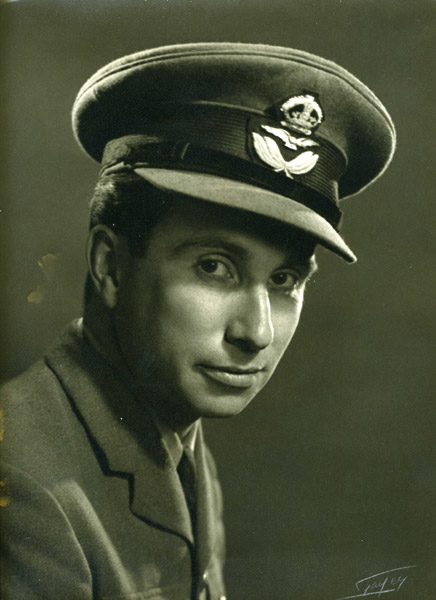Monuments
William “Billy” Fiske III – Battle of Britain Plaque at St Paul's Cathedral
ISOB William 'Billy' Fiske -Battle of Britain
William “Billy” Fiske III Stained Glass – “Battle of Britain” Memorial
Battle of Britain London Memorial
Battle of Britain Memorial - Capel-le-Ferne

William Fiske was born on June 4, 1911. He was a Bob sled Olympian who was killed flying for the RAF during the Battle of Britain. FROM FIND A GRAVE: Pilot Officer Fiske was an American pilot who joined the Royal Air Force. He became the first U.S. citizen to be killed in World War II. The son of William and Beulah Fiske, he was born in Brooklyn, New York, the son of a wealthy banking family whose ancestors had come from Suffolk, England in the seventeenth century. He attended school in Chicago, went to France with his family in 1924, and Trinity Hall, Cambridge in 1928 where he studied Economics and History. He was well known on the Cresta run at St Moritz and for many years was the unbeaten champion. He was the driver of the 5-man bobsled team for the USA in the Winter Olympics of 1928 at St Moritz at the age of 16, and the now 4-man bobsled team in the 1932 Winter Olympics at Lake Placid. At this event, he carried the flag for the Americans at the opening ceremonies, presided over by Governor Franklin D Roosevelt of New York. The Billy Fiske trophy is named for him, the youngest Gold Medal winner in the sport. In 1933, he took a turn at the movies, coproducing White Heat with Whitney De Rhan, starring Virginia Cherrill, the first wife of Cary Grant.
In 1939, using the ruse of Canadian citizenship, he join Britain's Royal Air Force. He wrote in his diary: "I believe I can lay claim to being the first US citizen to join the RAF in England after the outbreak of hostilities." He became Acting Pilot Officer Fiske (Service number 78092) on 12APR1940 and 3 months later on July 12 he was assigned to No. 601 Auxiliary Air Force Squadron at Tangmere. Bill Bond of the Battle of Britain Historical Society argues that while Fiske was a remarkable character, it was important to remember that he recorded no confirmed kills. On August 11 he claimed his first probable kill of a Bf-110 and on August 13 he claimed the probable kill of a Ju-88. On August 16, 1940 his squadron was scrambled to repel an attack against the Tangmere aerodrome. Following the successful mission, Fiske was severely burned when his Hurricane (P3358) crash-landed and caught fire. "Billy" Fiske died a day later from shock while in the Royal West Sussex Hospital in Chichester. On August 20, 1940 he was laid to rest in the Boxgrove Cemetery in Sussex. He is honored as the first American airman in British Service to die in World War II. In 1941, during the unveiling of a tablet in his honor in the crypt of St. Paul's Cathedral, Secretary of State for Air, Sir Archibald Sinclair said, "Here was a young man for whom life held much. Under no kind of compulsion he came to fight for Britain. He came and he fought, and he died."
∼
American Pilots and the Battle of Britain
For the duration of the Battle of Britain, America was officially neutral, only coming into the war after the attack on Pearl Harbour in December 1941. Many in America supported what Great Britain and her allies were fighting for but memories of World War One were still raw and isolationism was a widely accepted practice within America. However, a few young men – for whatever personal reasons – wanted to offer more than just moral support. A few Americans arrived in Britain and offered to fight for Fighter Command. A ‘special arrangement’ with the RAF meant that they did not have to give up American citizenship. In total, nine American citizens fought during the Battle of Britain.
The best known of the US pilots who fought was Pilot Officer William ‘Billy’ Fiske, a Cambridge graduate and a member of the US Winter Olympic bobsleigh teams of 1928 and 1932. Fiske joined 601 Squadron based at Tangmere in July 1940. On August 16th 1940 Fiske was involved in a dog-fight over Bognor and his Hurricane was damaged. He managed to crash-land at Tangmere. However, the fighter base was being attacked at that moment and his aircraft was strafed. Fiske died of his wounds the following day. A memorial was unveiled to Fiske at St. Paul’s Cathedral in 1941 with the words “An American citizen who died that England might live.”
